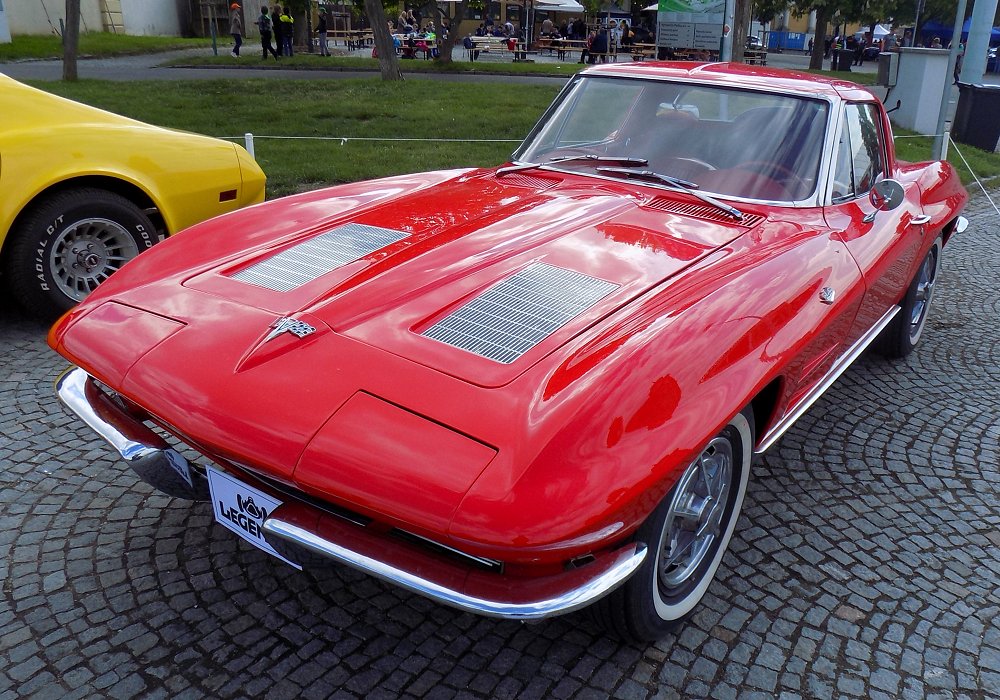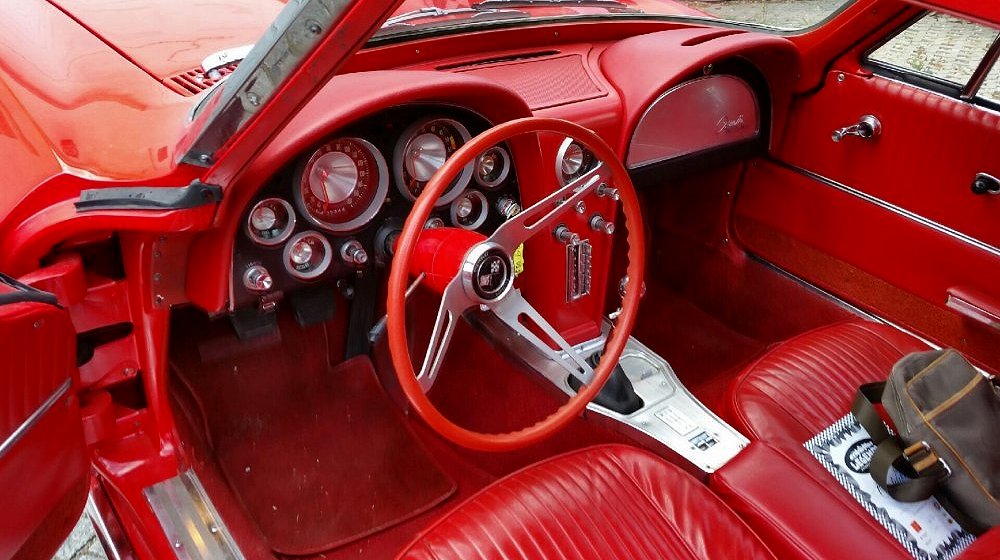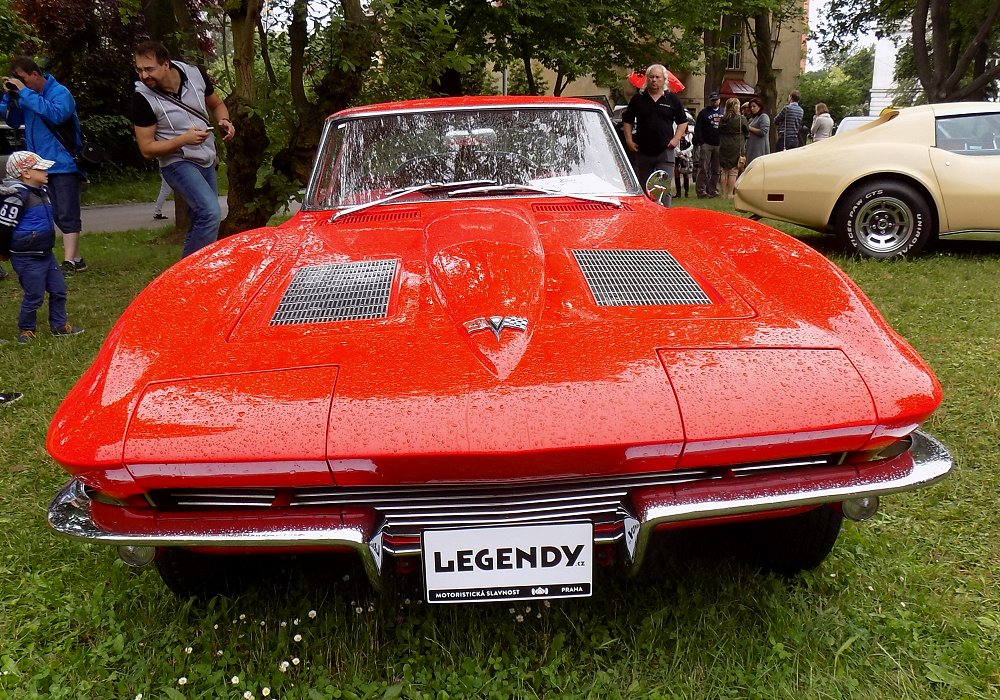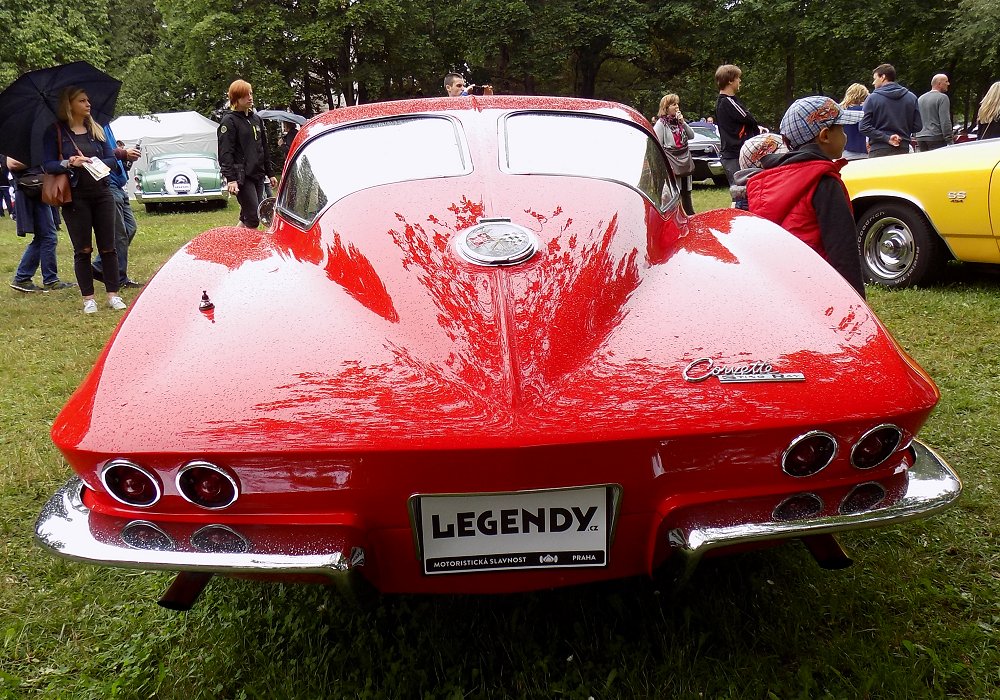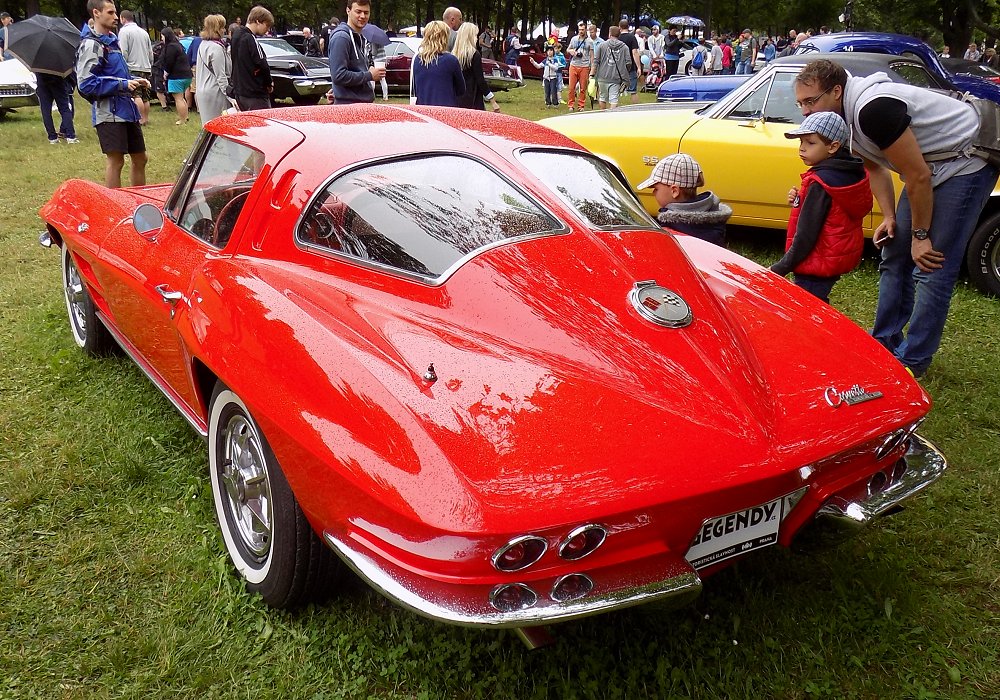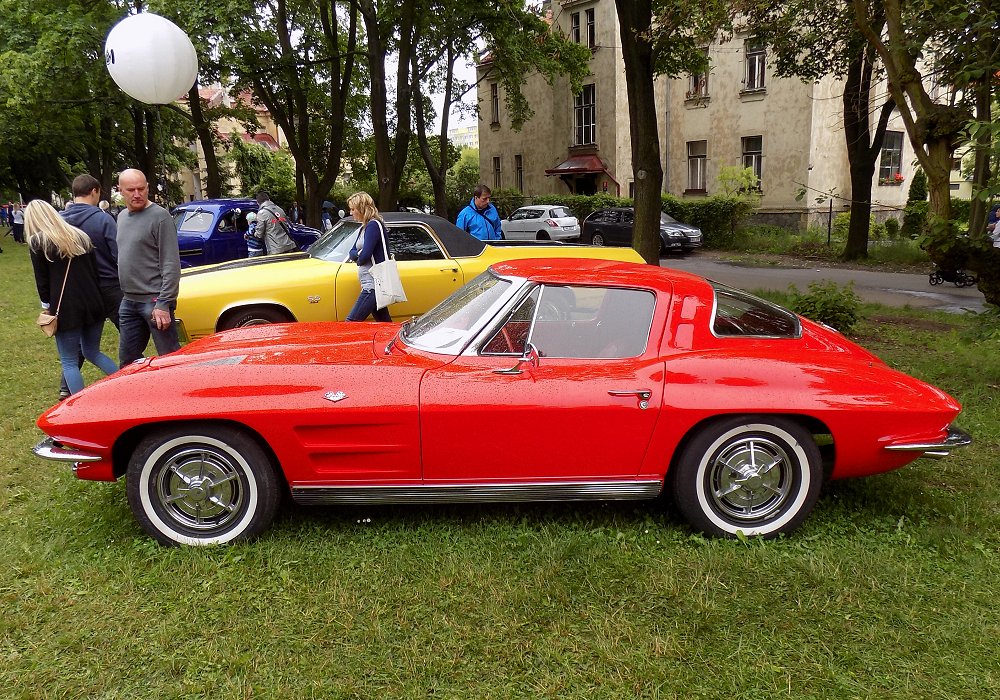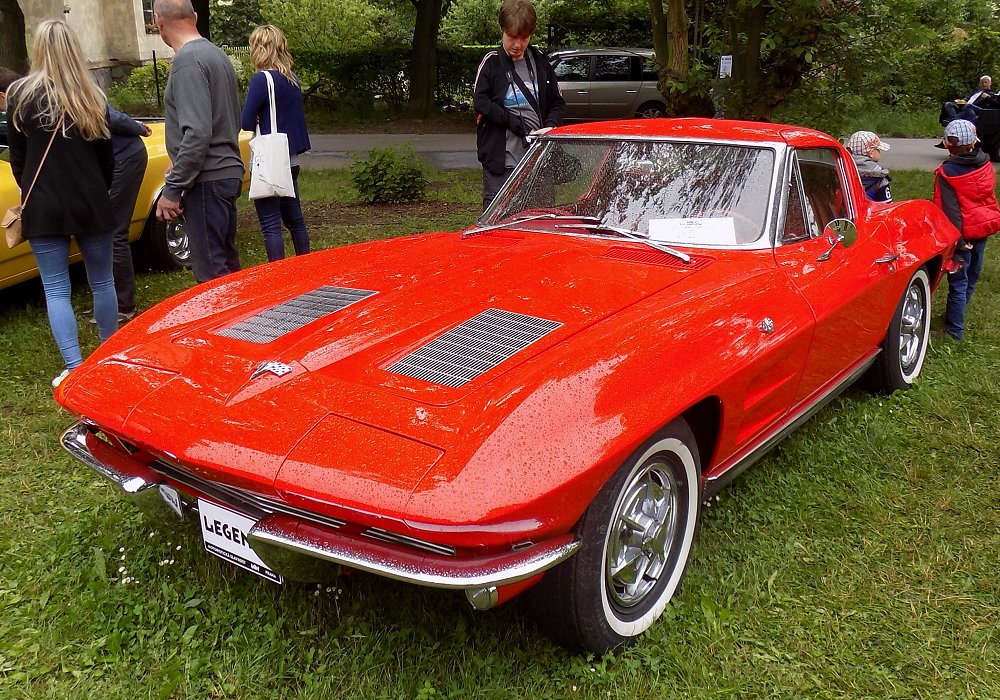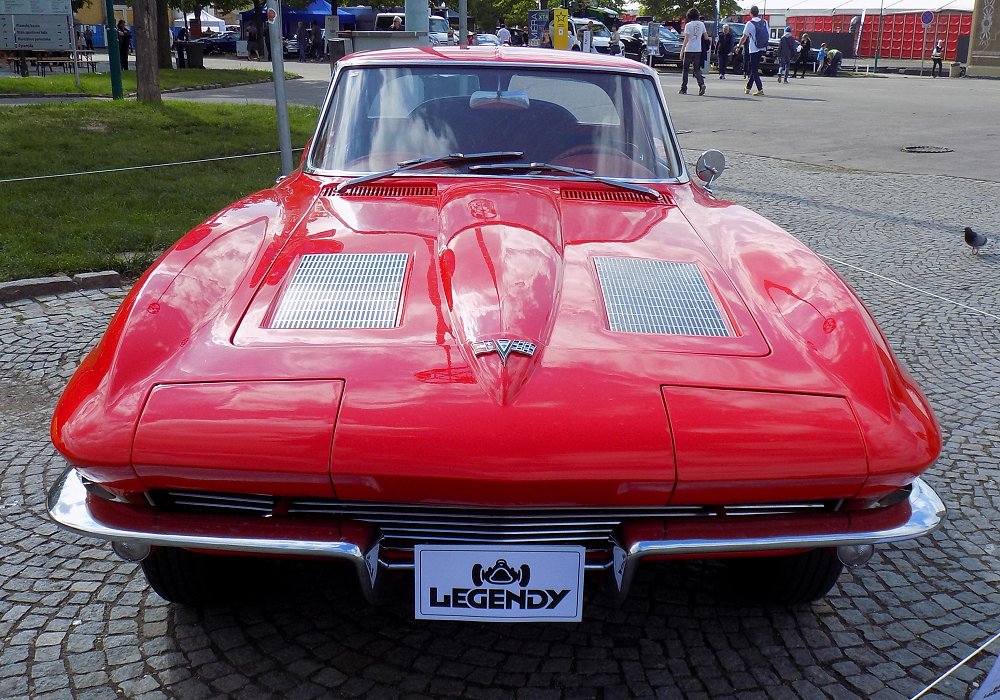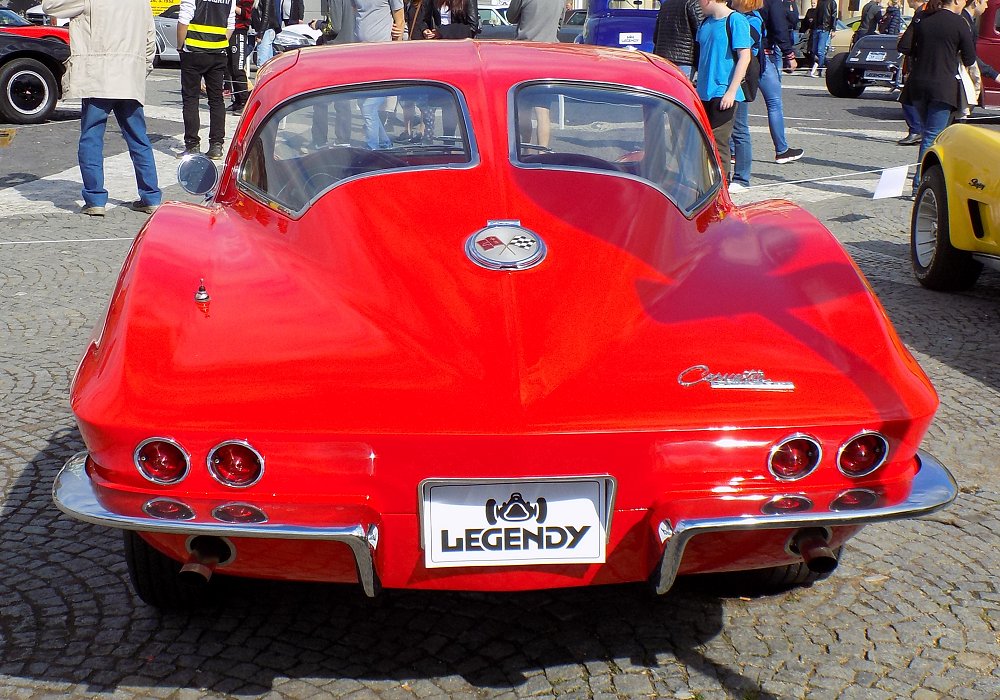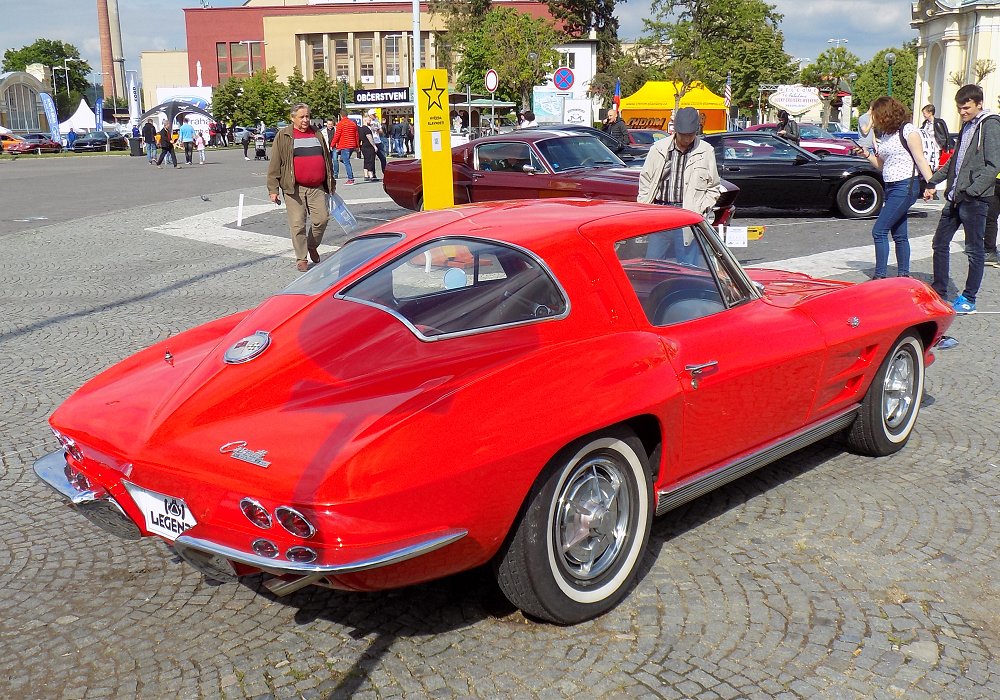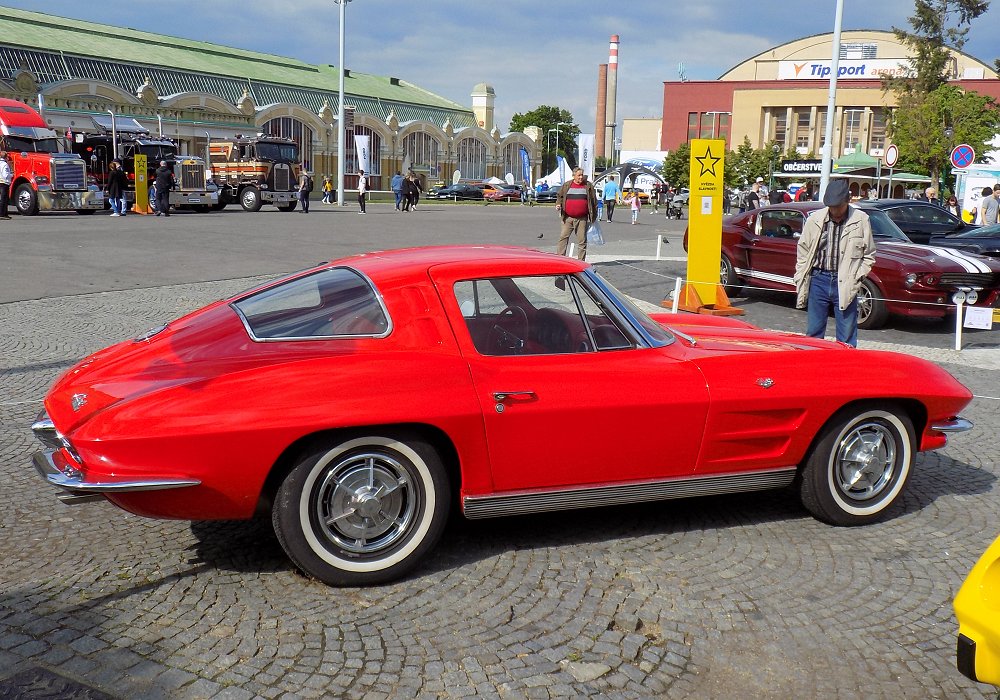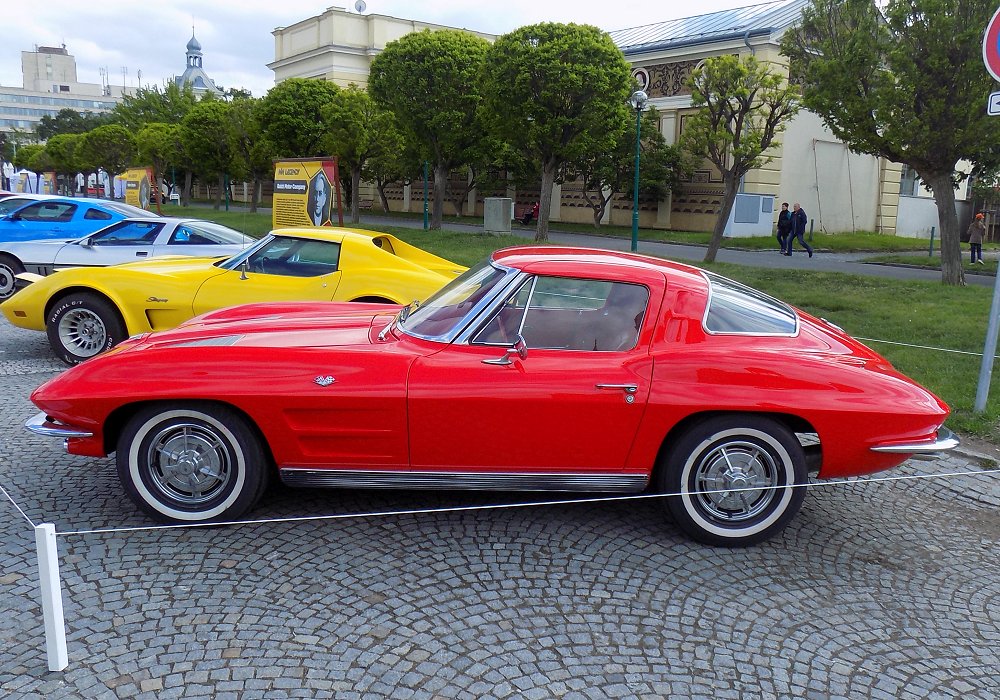Description
The 1963 Corvette Sting Ray 327 V8 300 horsepower model was built on Chevrolet’s all-new C2 platform, which represented a radical departure from the first-generation Corvette in both styling and engineering. The car’s wheelbase was shortened to just under 96 inches, and the overall weight was reduced through extensive use of lightweight materials. The result was a car that felt agile and responsive, with a more direct connection between driver inputs and vehicle behavior than ever before.
Under the hood, the 300 horsepower rating came from a dual four-barrel carburetor arrangement atop the 327 cubic-inch small-block. A hydraulic‐lifter camshaft and high-compression pistons increased both peak power and torque, giving the engine a broad, usable powerband. Drivers reported that throttle response was immediate, and the engine’s bark under acceleration conveyed its performance intent even at modest throttle openings.
Aerodynamic efficiency was a key focus of the Sting Ray’s design. The hidden headlamp doors reduced drag at speed, while the fastback roofline—accentuated by the split rear window—allowed air to flow smoothly over the car’s body. Functional side vents helped draw heat from the engine bay, and the carefully sculpted front and rear overhangs minimized lift when traveling at high speeds.
Inside, the cockpit was oriented entirely around the driver. The twin-cowl dashboard housed large, easy-to-read gauges, including a tachometer that sat directly in the driver’s line of sight. Deep, contoured bucket seats offered lateral support during hard cornering, and the optional leather upholstery provided a touch of luxury. Despite its performance focus, the Sting Ray could be ordered with creature comforts such as air conditioning, power windows, and even a factory-installed AM radio.
On the road, the combination of a close-ratio four-speed manual transmission and the stout 327 engine allowed the car to sprint from 0 to 60 mph in the low six-second range—a remarkable feat for its era. The independent front suspension and transverse leaf-spring rear setup delivered precise turn-in and predictable mid-corner balance, giving drivers confidence to explore the limits of grip. Braking was more than adequate, thanks to standard front disc brakes and heavy-duty drum brakes at the rear.
Production of the split-window Sting Ray was limited to the 1963 model year, and the 300 horsepower variant accounted for a significant but not overwhelming portion of output. This scarcity, combined with the car’s groundbreaking styling and performance, has made it one of the most sought-after Corvettes among collectors. Restorations often focus on preserving original finishes and matching correct factory option codes to maintain authenticity and value.
Beyond its technical achievements, the 1963 Sting Ray 327/300 played a crucial role in establishing the Corvette as America’s true sports car. It demonstrated that Chevrolet could not only match but in many respects surpass the handling and refinement of European rivals, all while delivering the distinctive character of an American V8. More than half a century later, its influence can still be seen in the aggressive lines and performance ethos of every subsequent Corvette generation.
